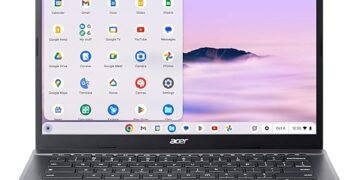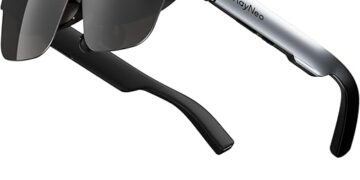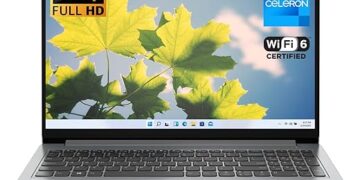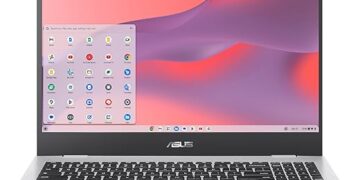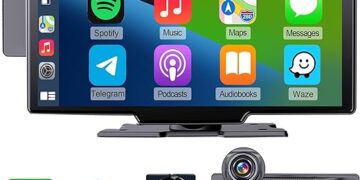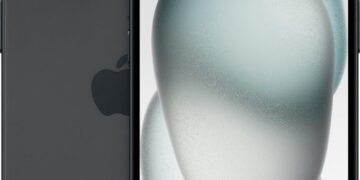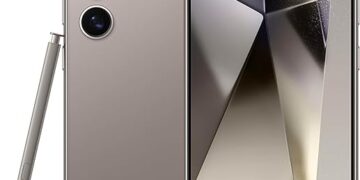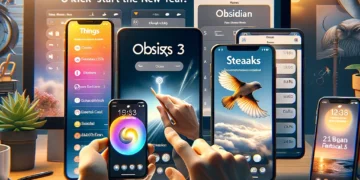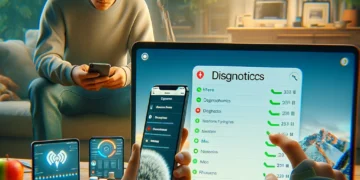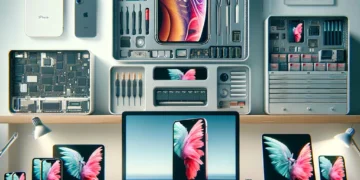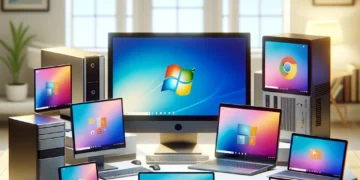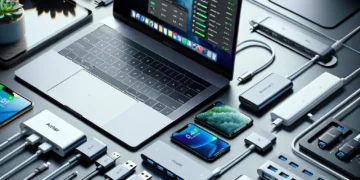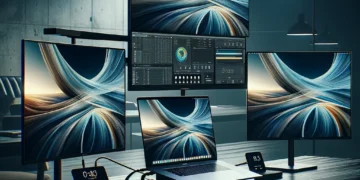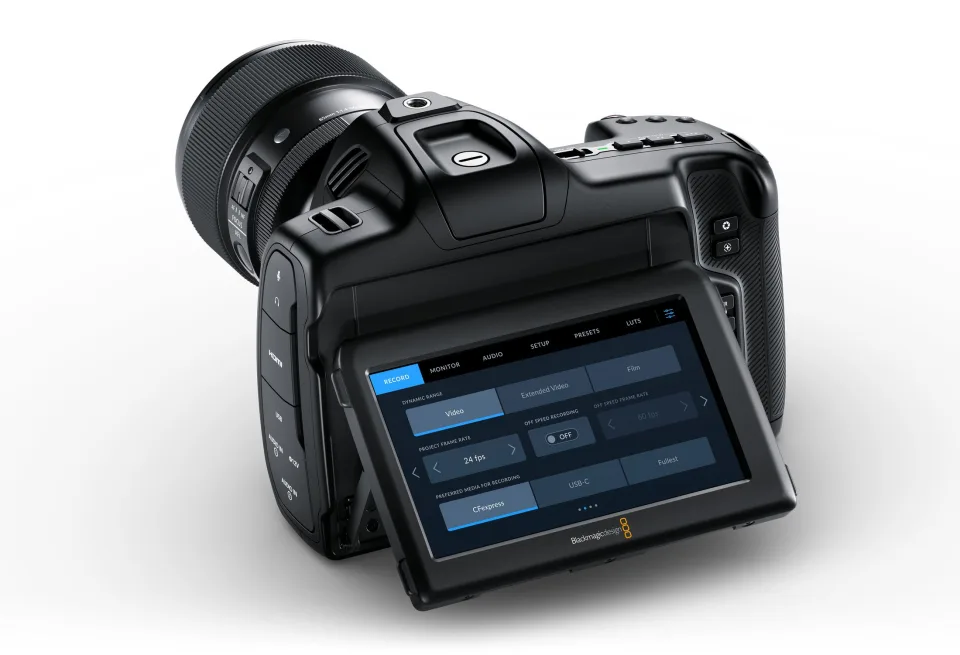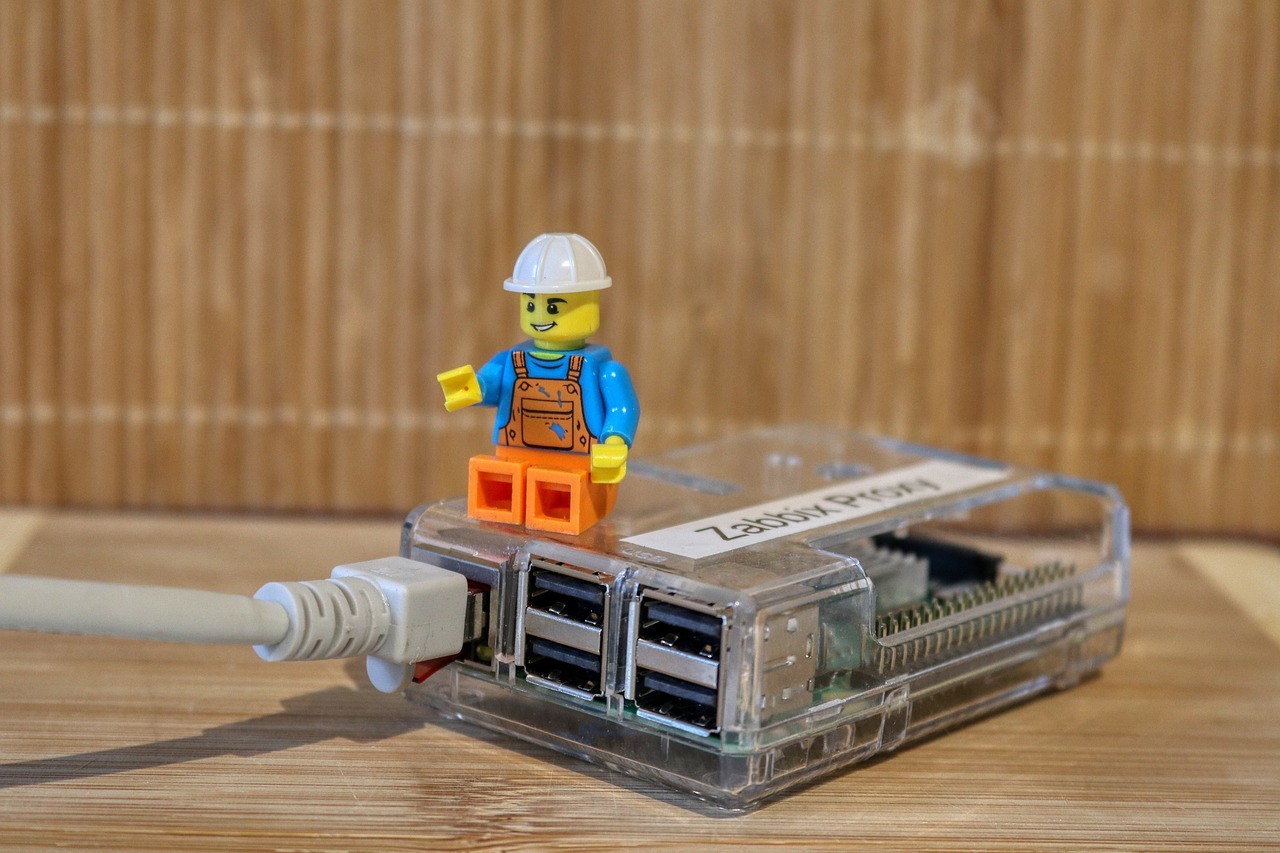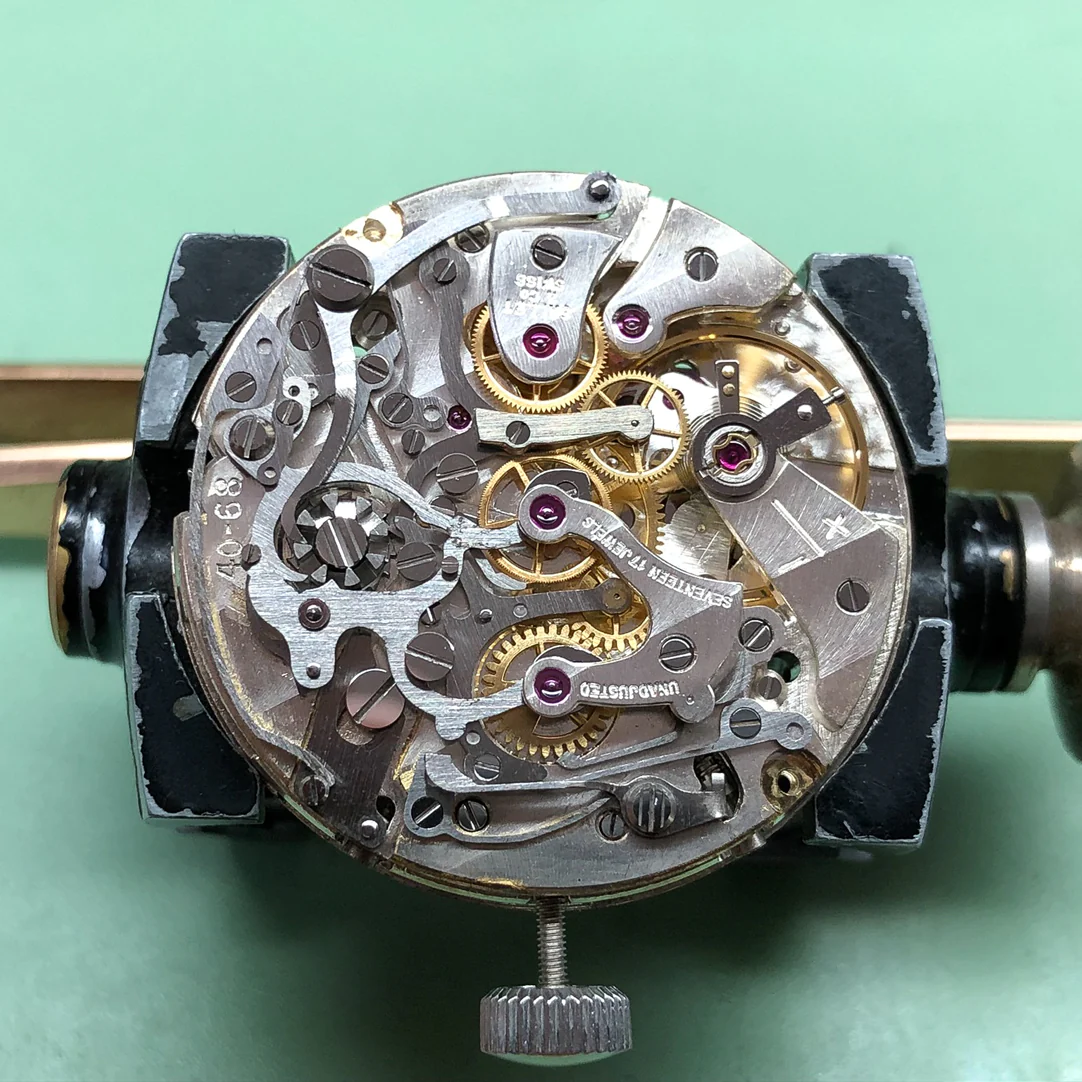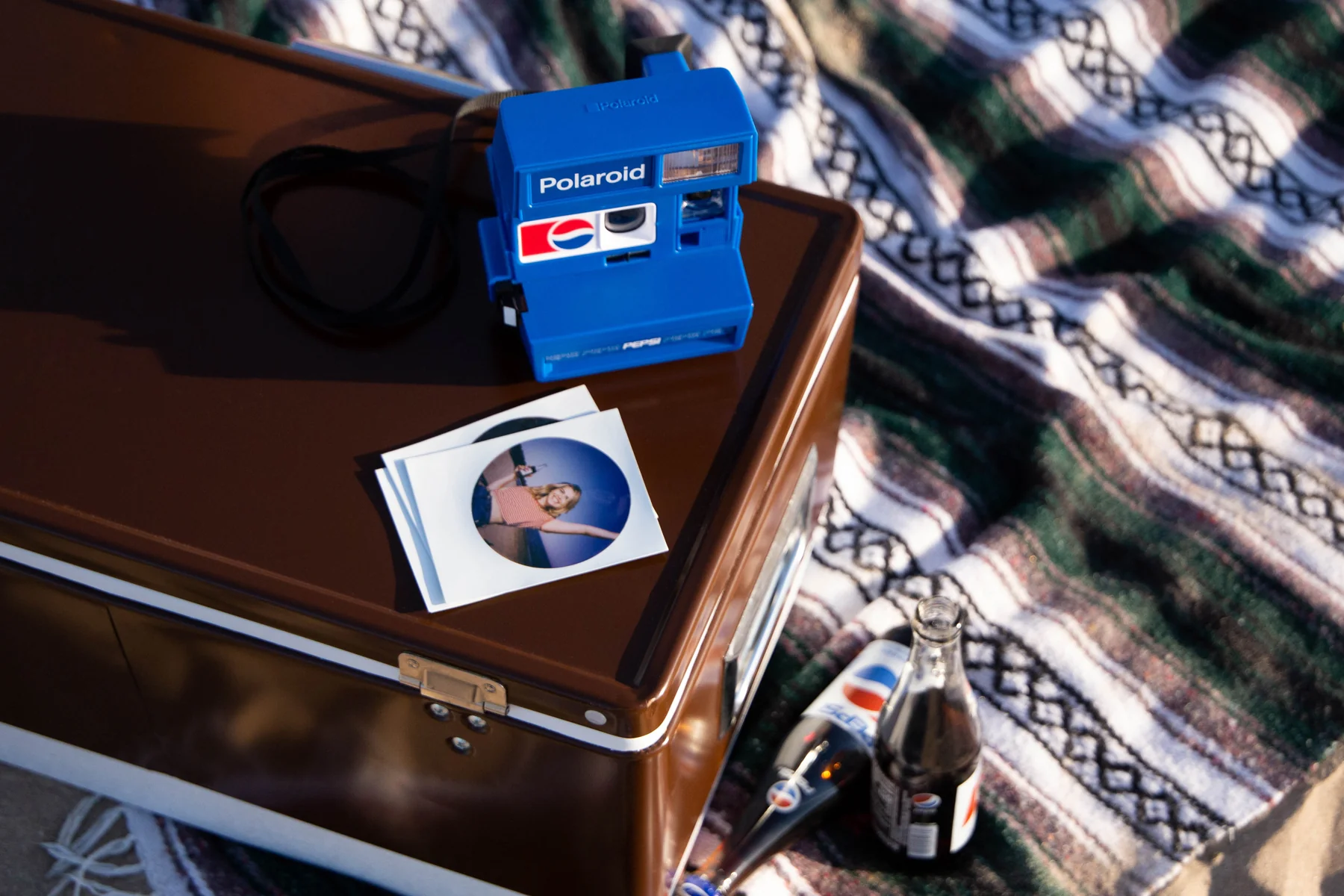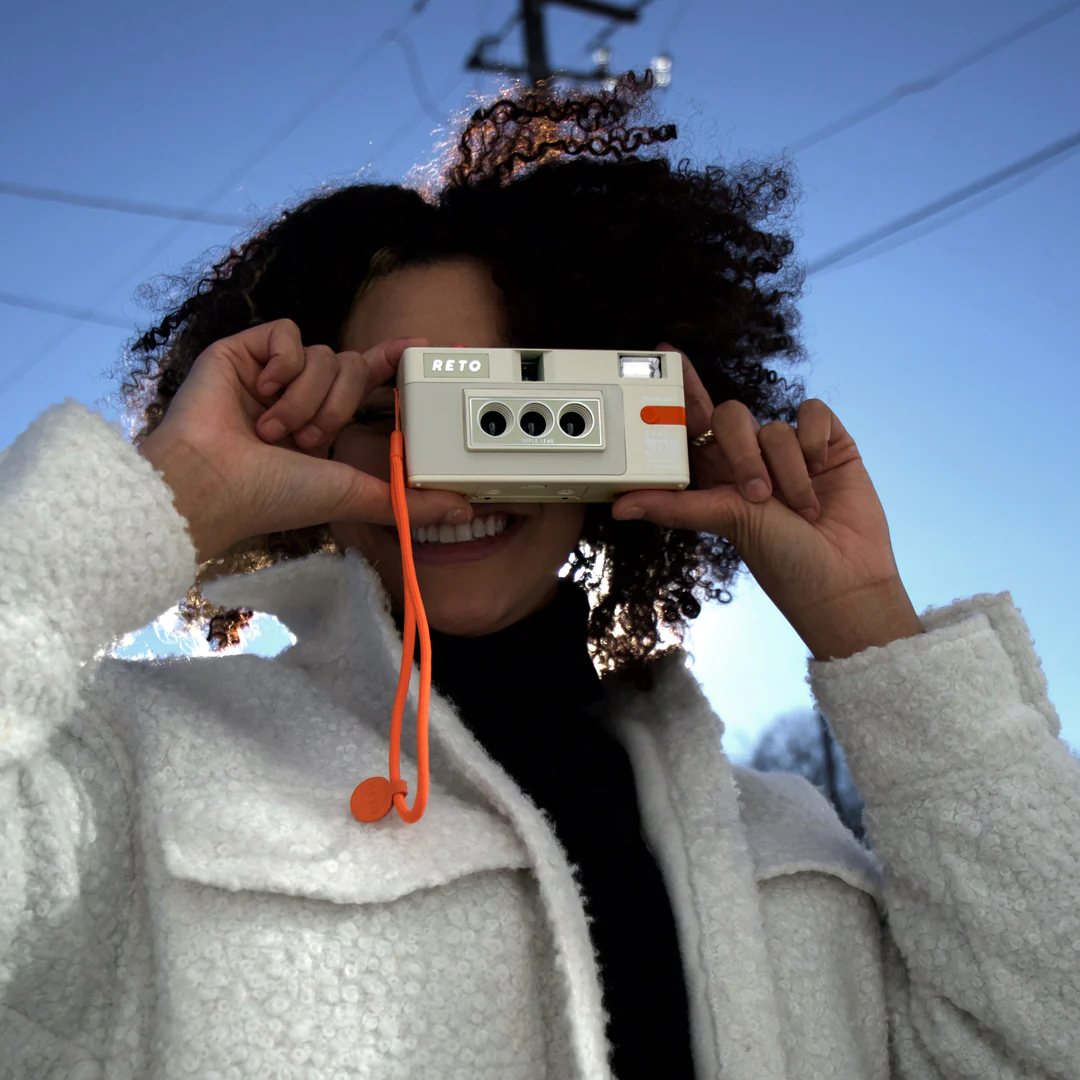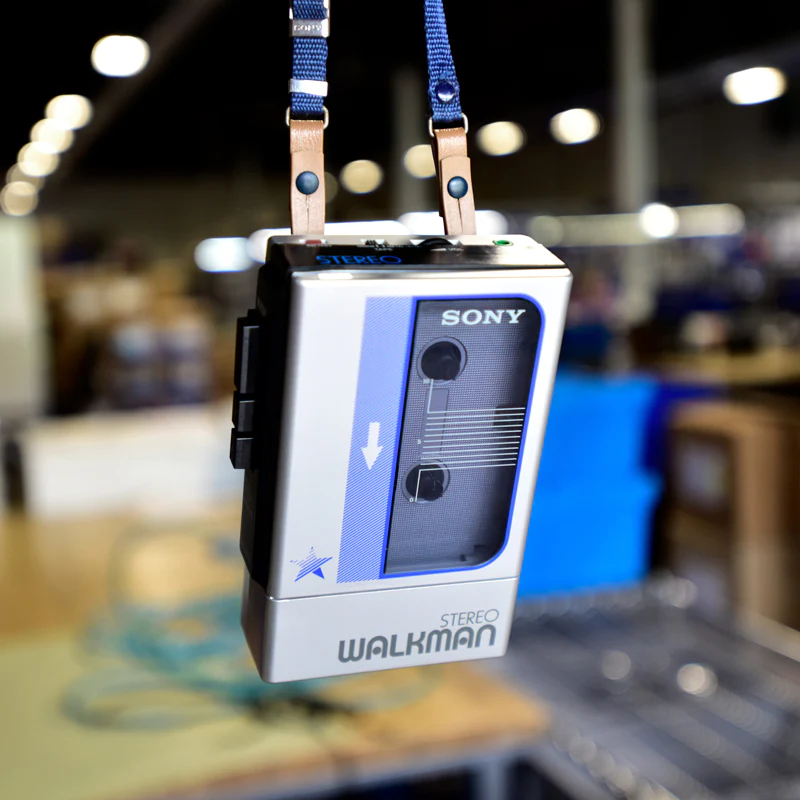Smart displays have come a long way since the debut of Amazon’s Echo Show in 2017. The category truly flourished when Google introduced its own line of hardware a year later. Today, Amazon and Google are the dominant players in the smart display arena, each offering their unique take on a smart assistant with a screen.
It’s the inclusion of a screen that elevates smart displays beyond their speaker counterparts. Rather than merely hearing a voice assistant’s response, you can now visualize information, from extended weather forecasts to comprehensive shopping lists and daily calendars. Moreover, smart displays offer a range of advantages that smart speakers can’t match, such as streaming videos, checking your front door camera, or accessing step-by-step cooking instructions. With their touchscreens, navigating through functions and settings becomes more intuitive and efficient.
Echo Show 8 (2nd Gen, 2021 release) | HD smart display with Alexa and 13 MP camera | Glacier White
Amazon vs. Google: Where Do You Stand? When embarking on your quest for the perfect smart display, the first question is whether you lean towards Amazon’s or Google’s ecosystem. If your home boasts a plethora of Google smart devices, such as Nest thermostats or security cameras, then a Google-powered model aligns seamlessly. Conversely, if you’re surrounded by Amazon products like a Fire TV Stick or Ring cam, choosing Amazon offers enhanced compatibility. While it’s entirely feasible to mix devices from different brands within your home, expect some initial hiccups in their interoperability.
All-new Echo Show 5 (3rd Gen, 2023 release) | Smart display with deeper bass and clearer sound | Charcoal
Furthermore, both systems offer unique features. Google thrives if you already have a Google account and utilize services like Calendar and Photos. Notably, Google smart displays shine as digital photo frames, automatically pulling in images of loved ones from your Google Photos library. The algorithm even selects the best shots, reducing the chances of blurry or awkward photos gracing your display. This seemingly minor feature is genuinely appreciated since the display is in standby mode most of the time. Google smart displays also support YouTube and YouTube TV, offer step-by-step cooking guides, and deliver the usual Google Assistant perks like weather updates. With voice recognition akin to the phone version, your calendar appointments remain private.
On the other hand, Amazon’s smart displays provide a slightly different experience. Instead of YouTube, they offer alternative video streaming options such as Amazon Prime, NBC, and Hulu. These devices feature two browsers, Silk and Firefox, enabling web searches and YouTube video watching, bridging the gap left by the absence of a dedicated app.
Echo Show 8 (2nd Gen, 2021 release) | HD smart display with Alexa and 13 MP camera | Charcoal
Amazon’s smart displays also offer step-by-step cooking instructions, sometimes accompanied by brief video clips. While they can serve as digital photo frames, the process is not as seamless as Google’s, and Amazon lacks a photo-sorting algorithm comparable to Google’s.
Lenovo ThinkSmart View ZA690000US Video Conference Equipment - Full HD - Wireless LAN
Discover the Best Smart Displays Smart displays come in various shapes and sizes, making some better suited for specific rooms or use cases. While we do have all-around favorites, we’ve curated a list of the finest smart displays, tailored to meet specific needs and room placements.


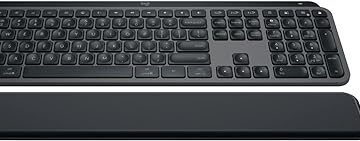


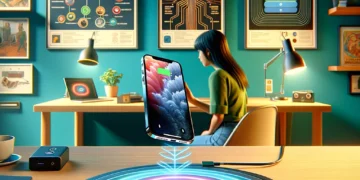




![Apple Watch SE (2nd Gen) [GPS 40mm] Smartwatch with Starlight Aluminum Case with Starlight Sport Band S/M. Fitness & Sleep Tracker, Crash Detection, Heart Rate Monitor](https://www.tech-bit.com/wp-content/uploads/2024/06/applewatchse2ndgengps40mmsmartwatchwithstarlightaluminumcase-360x180.jpg)


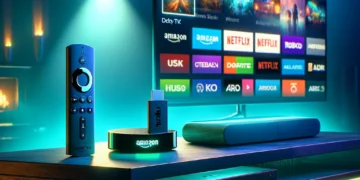

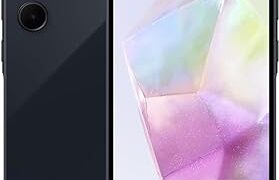
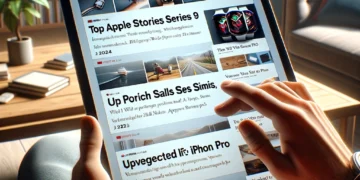
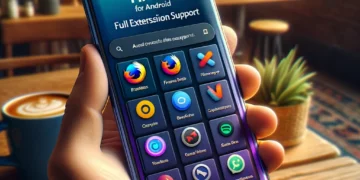
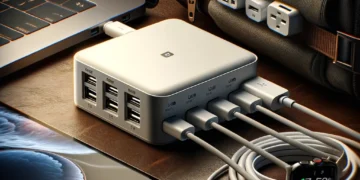


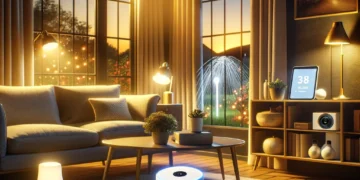
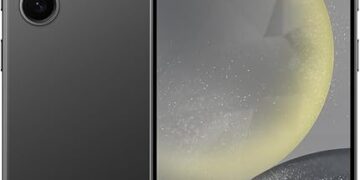


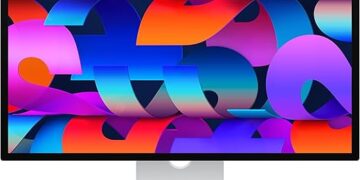
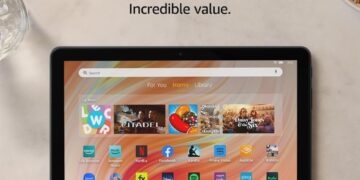
![Apple Watch Series 9 [GPS 45mm] Smartwatch with Midnight Aluminum Case with Midnight Sport Band S/M. Fitness Tracker, ECG Apps, Always-On Retina Display, Water Resistant](https://www.tech-bit.com/wp-content/uploads/2024/06/applewatchseries9gps45mmsmartwatchwithmidnightaluminumcasewith-360x180.jpg)
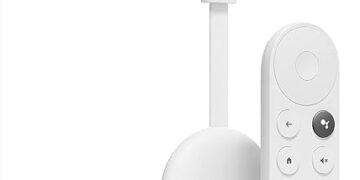
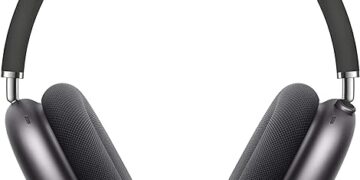
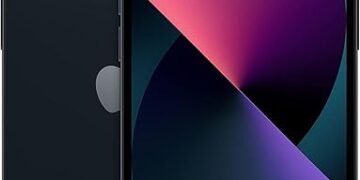
![Apple Watch Ultra 2 [GPS + Cellular 49mm] Smartwatch, Sport Watch with Rugged Black Titanium Case with Black Ocean Band. Fitness Tracker, Precision GPS, Action Button, Extra-Long Battery Life](https://www.tech-bit.com/wp-content/uploads/2024/10/applewatchultra2gpscellular49mmsmartwatchsportwatchwithrugged-360x180.jpg)
